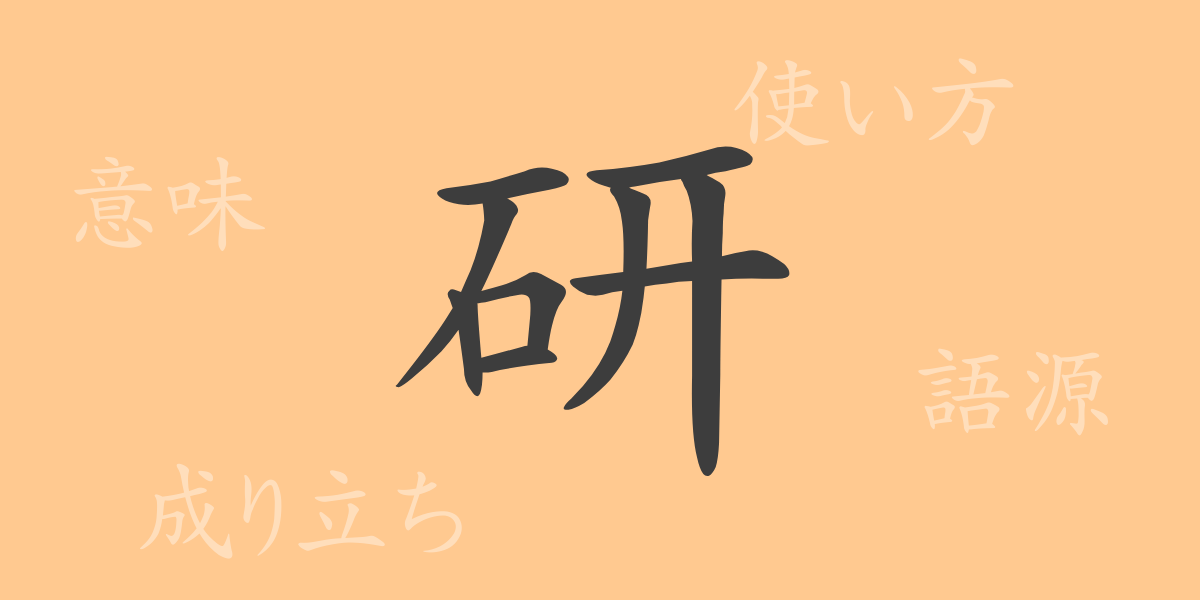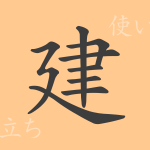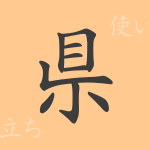The beauty of the Japanese language lies in its complexity and depth, with kanji being the embodiment of this beauty. Each kanji has its own history and unique story. Today, let’s focus on the commonly used kanji “研” (けん, ken). This article will explore every aspect of “研” (けん, ken) from its origin, meaning, usage, reading, stroke count, and radical. Additionally, we will delve into idioms, proverbs, and phrases that use “研” (けん, ken) to reveal the charm of this kanji.
Origin of 研
The kanji “研” (けん, ken) traces its roots back to ancient Chinese oracle bone script. It originally derived from pictographs representing stone tools used for grinding. Over time, this character came to symbolize the act of polishing and refining. This essence is carried over into words like “研究” (けんきゅう, kenkyū) and “研鑽” (けんさん, kensan), which involve in-depth study and diligence.
Meaning and Usage of 研
The kanji “研” (けん, ken) means “to polish,” “to grind,” and “to study.” It encompasses both the physical act of polishing and the abstract concept of refining knowledge or skills. In Japanese, “研” (けん, ken) frequently appears in contexts related to academic or artistic improvement, such as in “研究” (けんきゅう, kenkyū) meaning “research,” or “研ぎ澄ます” (とぎすます, togisumasu) meaning “to sharpen” or “to refine.”
Readings, Stroke Count, and Radical of 研
Let’s take a closer look at the readings, stroke count, and radical of the kanji “研” (けん, ken).
- Readings: On’yomi – ケン (けん, ken); Kun’yomi – とぐ (とぐ, togu)
- Stroke count: 9 strokes
- Radical: 石 (いし, ishi), which categorizes it under kanji related to stone.
Idioms, Proverbs, and Phrases Using 研
Here are some idioms, proverbs, and phrases that include the kanji “研” (けん, ken):
- 研究 (けんきゅう, kenkyū): To investigate or study deeply, usually in academic or technical fields.
- 研鑽 (けんさん, kensan): To polish or improve one’s skills or knowledge.
- 研磨 (けんま, kenma): To polish and make something shine; also used metaphorically to describe refining one’s mind or skills.
- 研ぎ澄ます (とぎすます, togisumasu): To sharpen or refine one’s senses or skills.
Conclusion About 研
The kanji “研” (けん, ken) symbolizes acts of polishing and refining, whether it’s an object or one’s knowledge and skills. It is frequently used as a symbol of learning and growth in our daily lives. This single kanji captures the richness and cultural depth of the Japanese language. As a commonly used character, “研” (けん, ken) lives on in our words, embodying the spirit of continuous improvement and effort.

























